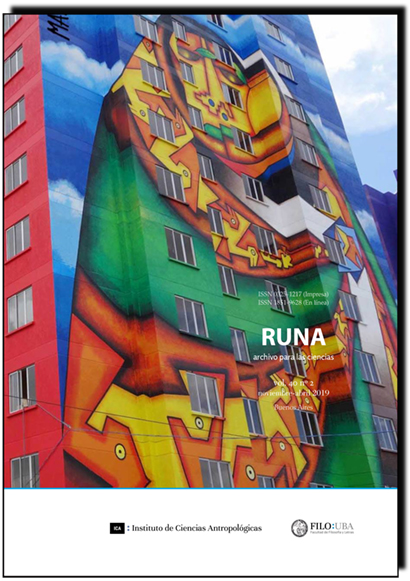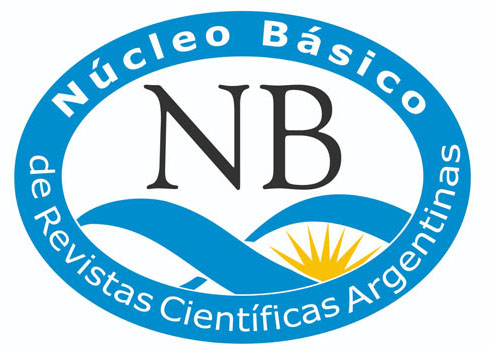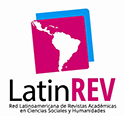The practices of coercive circulation of children in Argentina. Institutional frames, social hierarchies and rights
Abstract
This article analyzes the social and institutional frames in which the «practices of coercive circulation of children» and the meanings that currently surround them were established. From the reconstruction of a case, that happened in 1976 in a spot of the Argentine Patagonia but only known in 2015, we are interested in problematizing the mechanisms that made possible the practices of forced transfer of children and their concealment over time. At the same time, we analyze the construction of a particular grid of intelligibility based on the right to identity as well as on the new meanings assigned to children. This grid, which allowed a suspicion to become first a public denunciation and later a judicial cause, was built using a categorical, institutional and activist repertoire related to human rights in Argentina that conferred specific local senses on the rights of children and girlsDownloads

Runa, archivos para las ciencias is a publication of the Instituto de Ciencias Antropológicas, Facultad de Filosofía y Letras, Universidad de Buenos Aires and is distributed under a Creative Commons Attribution 4.0 International License.
Runa maintains its commitment to the policies of Open Access to scientific information, considering that both scientific publications and publicly funded research should circulate on the Internet freely, free of charge and without restrictions.
The contents and opinions expressed in published articles are the sole responsibility of their authors.



















